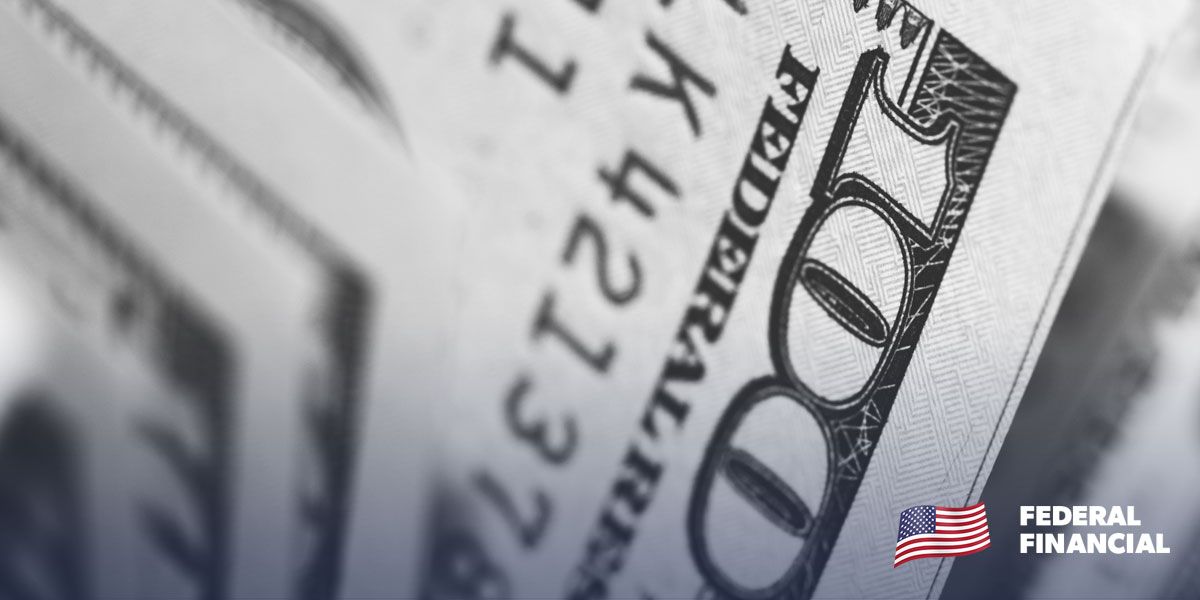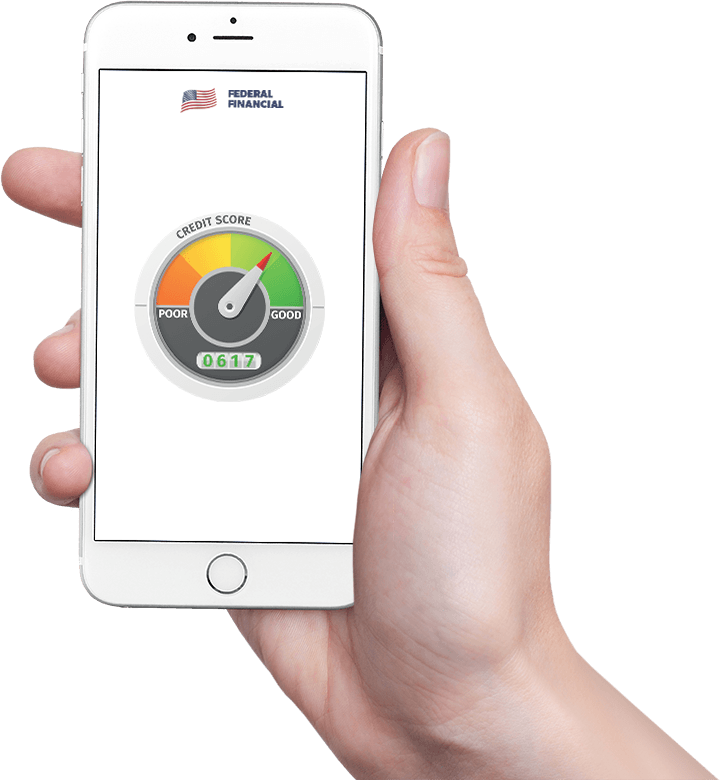Taking too long? Close loading screen.

FEDERAL FINANCIAL RELIEF Brooke Bell

July 20th
Taxes are a headache no matter who you are, but fortunately the IRS comes up with all sorts of incentives and bonuses for American homeowners.
From installing solar panels to using a home office, here are a ton of ways to hack away at your taxes this season that you might not have known about.
To nudge more families down the path to home ownership, the IRS lets you (and your spouse/child/grandchild/parent) dip into your IRA account for up to $20,000 ($10,000 for each person) towards a new home, penalty-free.
Plus, you can use up to half of your 401(k) for the same purpose as long as you don’t take out more than $50,000 total. Just so you know, the interest on your 401(k) loan is not tax-deductible.
Although property and transfer taxes are usually deductible, some costs like appraisals and attorney fees or title costs are not.
Make sure to consult your settlement document to see what’s considered a tax, versus what’s considered a fee.
Is there any room in your house that’s solely used for business purposes? Do you have a place at home where you regularly meet with clients or customers (including home day care)? Or, is there any space in your house dedicated to storing materials and supplies for your business?
If so, the IRS offers tax breaks related to the cost of insurance, depreciation, and repairs.
Did you buy or refinance a house in 2014?
Then you can deduct the interest on your mortgage and your points (each equivalent to 1% of your loan’s principal). Now, whether you can write off all the points in one shot or have to spread them out over the life of your loan is a different story.
For the most part, first-time home buyers can deduct their points all at once. If you bought a second home or are refinancing your first, you probably won’t be able to cash in all of your chips this April.
Installed energy-efficient windows? A new roof? What about an improved furnace? Most home improvements that save your house energy can also save you a few bucks—to the tune of 10% the cost of the improvements and up to $500—when you file your taxes.
Homes with newly installed renewable energy sources (such as solar and wind power) are also eligible for credits equaling 30% of their costs, including installation fees.
In addition to energy-efficient renovations, if you took out a loan to finance part or all of your home improvements last year, interest on up to $100,000 of loan debt is deductible—and so is interest on HELOCs.
The only caveat is that a loan exceeding your house’s actual value is not deductible for interest on the amount over that value; for example, a $120,000 loan versus a $100,000 house, leaving $20,000 ineligible for deduction.
Additionally, you can’t get a tax break for the actual cost of the improvements unless they fall into the energy efficiency category above…until you sell the house, that is. Adding the cost of improvements into a house’s asking price is a great way to reduce capital gain tax.
If you found this helpful, you may also be interested in getting assistance from Wells Fargo here. You may also be interested in how to obtain free gas.
Hey everyone I'm Brooke. I help people take full advantage of free programs and loopholes from governments and organizations. There are billions of dollars available to help people just like you. See if you're eligible today!
Introducing Federal Financial CreditRestore +
Poor credit costs you big. Higher car payments, more credit card interest, you name it. Get your credit fixed NOW with the official Federal Financial CreditRestore + program and get your financial life back on-track.
Sign up today and take full advantage—initial consultation is totally FREE.
Take Advantage
Questions? Get in touch
Recent Comments